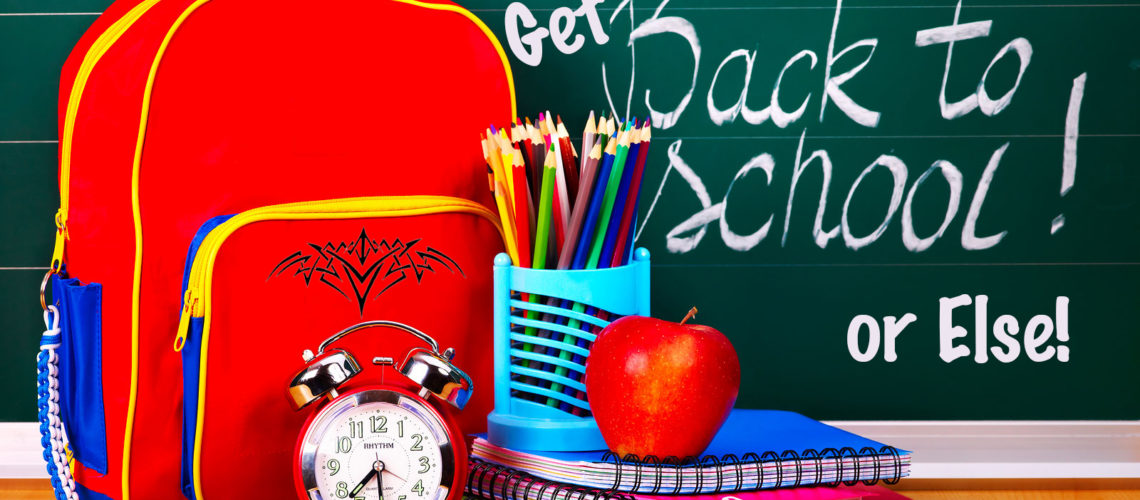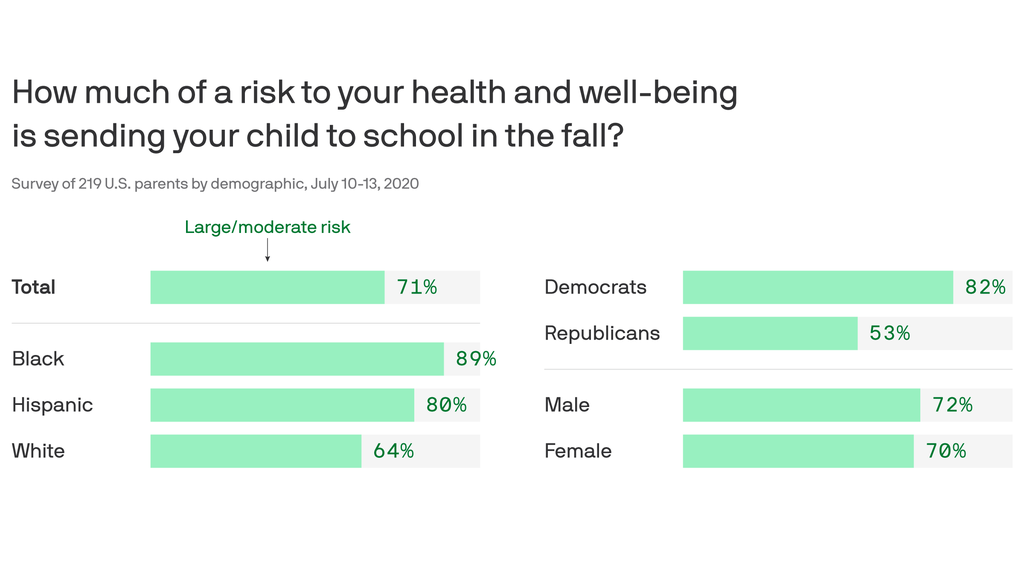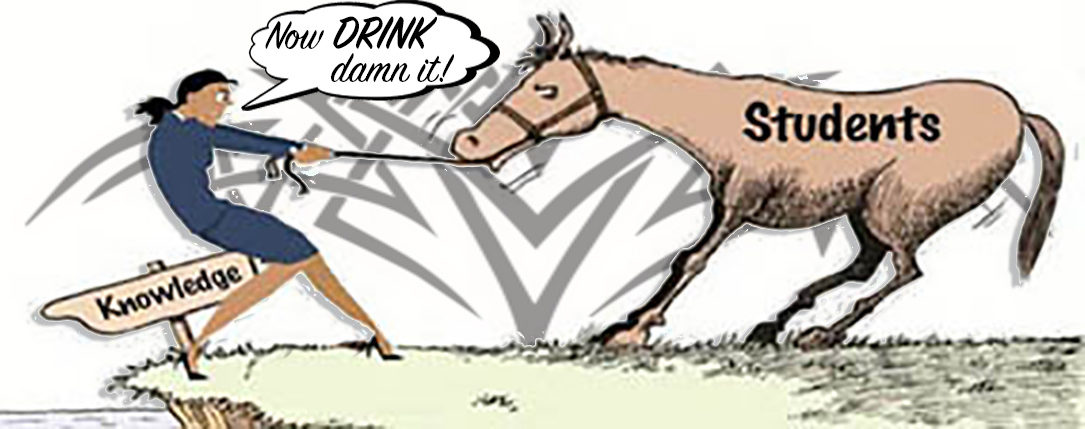Back-to-School “Sale”
July 14, 2020

Back on April 17, 2020, shortly after being sent home to finish the school year on line, I wrote a column – “School’s Out! Let’s Move On!”. In it I discussed the need to accept the 2019-2020 school year was over, and we needed to take advantage of the summer to plan on how to return to school in the fall. That was April. It is now July 14, 2020, three months later, and we’re no closer to having a plan.
That hasn’t stopped the Back-to-School “Sale”!
For the past three months partisan politics and personal “rights” have clashed with the scientific communities on what needs to happen for our society to begin our new way of life. When schools reopen for the 2020-2021 school year things will look different. Online learning will be more prevalent (if not the sole method for teaching), in-school classrooms will be socially distanced, activities and peer interaction will be restricted, and students will have to adapt to a predictable rotation of instructors as exposed teachers are quarantined and substitutes fill in.
The administration is selling the promise of a messiah vaccine that is just that, a promise. All indications are we’ll have one (Winter? Spring?) but it won’t be the Hail Mary we hope and need it to be. The mutating virus is affecting different age groups differently and causing asymptomatic patients to infect many who can’t get timely test results.
The administration is selling that schools will be fully reopened by next month, but it’s leaving it all up to local lawmakers to determine how. Sure, the Feds have begrudgingly pushed CDC Guidelines (calling them “too tough” and “expensive”), but their closing pitch has been to threaten local schools with the loss of federal funding if they fail to fully open all schools.
If this is such a good deal for the schools and students, why does it have to be done with threats?
And the salesmen (and woman) are aren’t making their quota.
Take a look at this poll:

According to the Axios-Ipsos poll, the majority of parents aren’t sold. “Americans at this point, and parents more specifically, can’t be force-fed policies that go against what they think,” says Cliff Young, president of Ipsos U.S. Public Affairs.
The poll goes on to say:
- Only one in three Americans trust the federal government to look out for their family’s interests — a new low — with people’s confidence also sliding (but still higher) in their state and local governments and the Federal Reserve.
- 62% of Americans — a record high — now say they’re wearing a face mask whenever they leave the house. That’s up nine percentage points from late June, with the biggest driver being the rising share of Republicans now wearing masks at all times.
“You can’t wish away or scare away a virus,” Young says. “And right now, they’re not feeling safe in putting their children back in school.”
The American Academy of Pediatrics (AAP), American Federation of Teachers (AFT), National Education Association (NEA) and the School Superintendents Association (AASA) released a joint sales pitch on their guidance for returning to school. In it, they said:
“Returning to school is important for the healthy development and well-being of children, but we must pursue re-opening in a way that is safe for all students, teachers and staff. Science should drive decision-making on safely reopening schools. Public health agencies must make recommendations based on evidence, not politics. We should leave it to health experts to tell us when the time is best to open up school buildings, and listen to educators and administrators to shape how we do it.
“Local school leaders, public health experts, educators and parents must be at the center of decisions about how and when to reopen schools, taking into account the spread of COVID-19 in their communities and the capacities of school districts to adapt safety protocols to make in-person learning safe and feasible. For instance, schools in areas with high levels of COVID-19 community spread should not be compelled to reopen against the judgment of local experts. A one-size-fits-all approach is not appropriate for return to school decisions.
“Reopening schools in a way that maximizes safety, learning, and the well-being of children, teachers, and staff will clearly require substantial new investments in our schools and campuses. We call on Congress and the administration to provide the federal resources needed to ensure that inadequate funding does not stand in the way of safely educating and caring for children in our schools. Withholding funding from schools that do not open in person fulltime would be a misguided approach, putting already financially strapped schools in an impossible position that would threaten the health of students and teachers.”
Some districts have already drawn a line in the playground sand and committed to their re-opening plans. For instance, the two largest districts in California will begin the new year entirely online.
“Those countries that have managed to safely reopen schools have done so with declining infection rates and on-demand testing available. California has neither. The skyrocketing infection rates of the past few weeks make it clear the pandemic is not under control,” the two districts said in a joint statement.
As the weeks wind down toward our own Back-to-School deadlines our local school districts will have to make decisions. Many will do so without public discussion (some School Boards may not meet in July, and decisions will have to be implemented before the August meetings). It will then be up to our local education leaders to sell us on their plans. I’m hopeful we see a rational, safe, and non-threatening sale at all levels.



